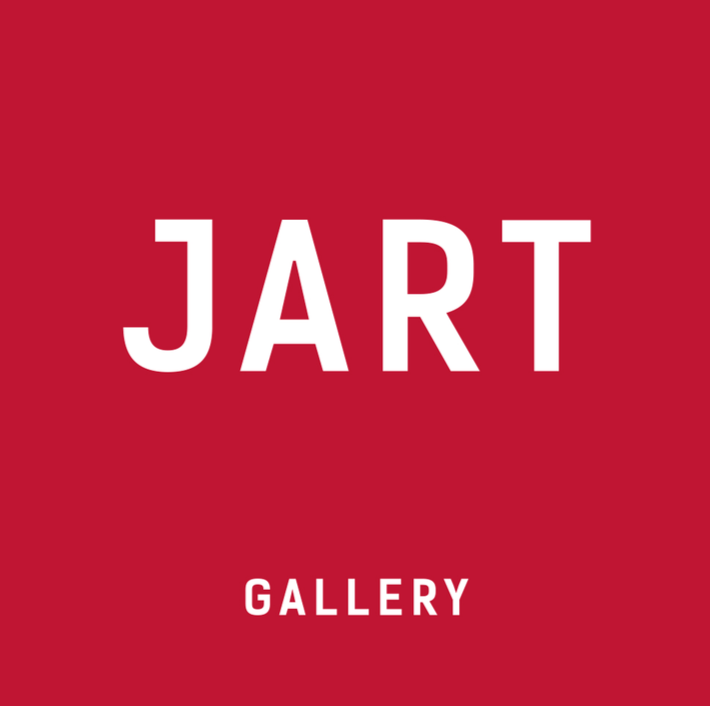+7 (495) 690-7130
Москва, 3-я ул. Ямского Поля, 9
Art Residence, A-115
+7 (495) 690-7130
3-Ya Yamskogo Polya Ulitsa, 9,
Moscow, 125040
- SEVEN
Tanya PionikerReturning to medieval imagery - what does it mean today?
SEVEN
Tanya Peniker
Returning to medieval imagery - what does it mean today?
Etchings presented at the exhibition tell us about the seven deadly sins. Bright, dynamic, colorful and carnivalesque, we immerse into a world that combines themes and techniques of old masters with the new digital technologies, consumer society, consumerism values, fueled by various ideologies. Atmosphere and style of etchings give rise to associations with the intricate universe of the medieval "surrealist" artist Hieronymus Bosch and the adherent of his aesthetics - Pieter Bruegel the Elder, with the worlds of Martin Schongauer and Albrecht Durer. The intimacy and laconicism of the drawing reveal an unexpected relationship with the paintings of conceptualists Dmitry Prigov, Ilya Kabakov, Pavel Pepperstein and Mikhail Shemyakin.
When
28 May 2021 - 25 June 2021
Where
3-ya Yamskogo Polya ulitsa, 9, A 115
All works are performed in the etching technique, in the shape of a rondo. A certain sin is signed on the banner ribbon in Latin, written in Gothic script, and a Russian-language motto is displayed on the margins of the rondo. Sins, inscribed in a circle, take on the form of completeness and totality. Since the Middle Ages, the form of rondo in painting has been associated with the image of the world and a mirror, every viewer can look into. And travesty, ridicule of sin - a rhetorical device of both street theaters and paintings by classical masters - becomes the recurrent theme of engravings. Satire and social criticism, morality and visual comedy, found in a previously unprecedented and emerging mode of existence, are the code of the New Middle Ages and the exhibition «Seven».
- Detail of an etching from the "Seven" seriesby Tanya Pioniker
- Plate for printing etches. Series "Seven"by Tanya Pioniker
- Detail of an etching from the "Seven" seriesby Tanya Pioniker
"Seven" is the name of a series of etchings by Tanya Pioniker. The number seven is highly symbolic in European culture. And this symbolism arose in the Middle Ages under the influence of Christian discourse. The number "seven" conveys the idea of completeness and totality: seven days - the cycle of divine creation, a week, seven - the number of virtues, seven - the number of deadly sins. The millennialists prophesied that earthly existence would last six thousand years, and on the seventh thousand a good life for the righteous would begin, after which the Last Judgment would take place. The chosen ones will be granted paradise, and the sinners - hell.
The etchings presented at the exhibition re-actualize the theme of sin in our seemingly secular post-meta-modernist globalized society. Mutants, devils, trolls, demons and other bizarre creatures are an integral part of visual culture - heroes of cinema, animation, books, video games, popular memes in social networks. Where did these images come from? What is their genealogy? What ideas are demonstrated through grotesque, scary and hilarious hybrid monsters?
Traditionally, a sin does not come alone, but entails a myriad of other bad deeds. For medieval artists, hybridity and monstrosity became a technique for visualizing various shades of sinfulness. However, even the Middle Ages didn't just condemn sin. They reckoned with it, granting it a way out and relaxation in crazy carnival celebrations. The era of romanticism undertook a revision of the complex centuries-old relationship of order and disorder. Surrealism invented a new (un) order and a new morality, re-actualizing bizarre synthetic and hybrid images in the context of modernity. So what does returning to these images mean today? Perhaps this is the main question posed and asked by the "Seven" series.
The etchings presented at the exhibition re-actualize the theme of sin in our seemingly secular post-meta-modernist globalized society. Mutants, devils, trolls, demons and other bizarre creatures are an integral part of visual culture - heroes of cinema, animation, books, video games, popular memes in social networks. Where did these images come from? What is their genealogy? What ideas are demonstrated through grotesque, scary and hilarious hybrid monsters?
Traditionally, a sin does not come alone, but entails a myriad of other bad deeds. For medieval artists, hybridity and monstrosity became a technique for visualizing various shades of sinfulness. However, even the Middle Ages didn't just condemn sin. They reckoned with it, granting it a way out and relaxation in crazy carnival celebrations. The era of romanticism undertook a revision of the complex centuries-old relationship of order and disorder. Surrealism invented a new (un) order and a new morality, re-actualizing bizarre synthetic and hybrid images in the context of modernity. So what does returning to these images mean today? Perhaps this is the main question posed and asked by the "Seven" series.









